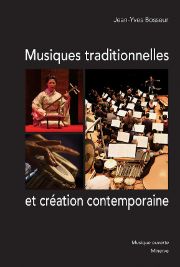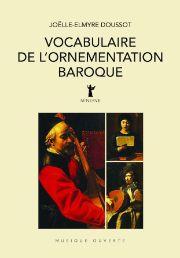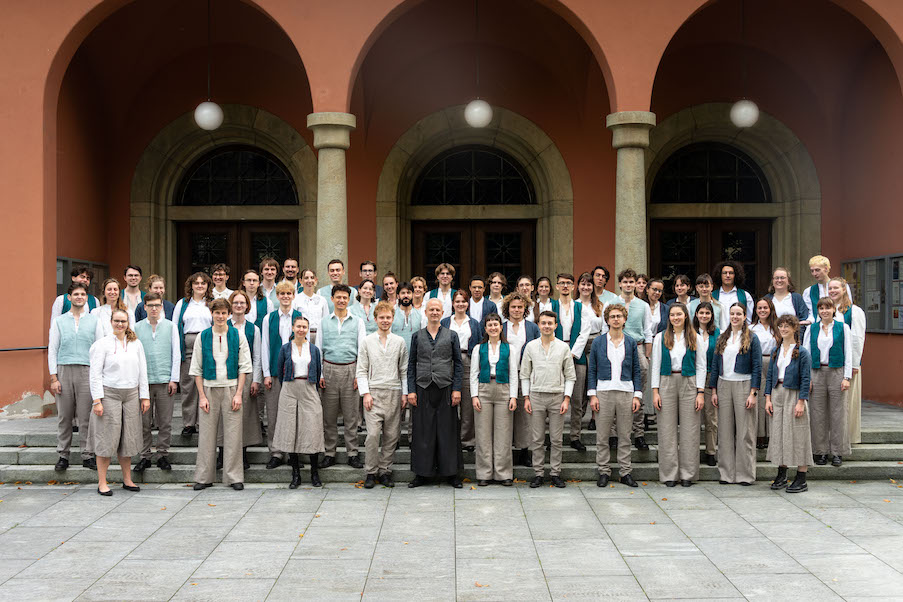Opening up to traditional music
Presentation of two new books from Editions Minerve, one devoted to the relationship between traditional music from five continents and contemporary musical creation, the other to Baroque ornamentation.

Published by Editions Minerve, Jean-Yves Bosseur's new book examines the interactions between "contemporary classical" Western music and other musical traditions, whether scholarly or popular, and their reciprocal influence. For several decades now, a growing number of composers have been keenly aware of the importance of opening up as much as possible to other music, particularly from outside Europe. Selecting the parameters, adapted or otherwise, that they wish to employ, they (re)discover practices that fertilize their imagination: orality and interactivity, modality that may include micro-tonality or non-octave scales, use of ostinatos and varied repetitions, new forms of rhythmic structure, spacing of time (elongated durations, complex macro-periods, ambiguous metrics), richness of instrumental timbres, sense of ritual. The various chapters cover areas and concepts such as the quest for otherness, the sense of time, percussion sounds, gamelan music, vocal techniques and spirituality. The state of musical creation in several Far Eastern countries is the subject of a specially developed section. Complemented by a glossary and numerous first-hand accounts, this book enables us to follow the various approaches and sources of interest of dozens of composers, both Western (including Berio, Glass, Huber, Ligeti, Messiaen, Ohana, Reich and Xenakis, to name but a few) and non-Western (Takemitsu, Tan Dun, Xu Yi and many others). However, current issues are not neglected, at a time when traditional musical practices are increasingly threatened by commercial standardization ("world music") or by a purely "exotic" vision. As for the decontextualization of listening to them in concert or on record, this can certainly alter their sociological or spiritual meaning, but the socio-cultural context has often itself already been profoundly altered in their country of origin.
Reissued this year, Joëlle-Elmyre Doussot's lexicon of over 120 terminological articles introduces us to the complexity of Baroque ornamentation and its notation, which often differs from one place, composer or even work to another, and which the author categorizes according to Frederik Neumann's classification - a useful list of symbols is included at the end of the volume. Although concise, this dictionary details the various practices of agréments and diminutions, and their evolution in German, English, French and Italian vocal and instrumental music, not without reminding us that, in the final analysis, it's all a matter of good taste and knowing how to perform them well, because without this, as Saint-Lambert says in his Principles of harpsichord playingThey disfigure the pieces instead of enhancing their beauty, and it would be better not to make them at all than to make them badly.
Jean-Yves Bosseur: Musiques traditionnelles et création contemporaine, 252 p., € 23.00, Editions Minerve, Paris 2022, ISBN 978-2-86931-166-4
Joëlle-Elmyre Doussot: Vocabulaire de l'ornementation baroque, Second edition, 192 p., € 19.50, Editions Minerve, Paris 2022, ISBN 978-2-86931-167-1










